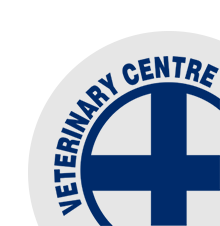We are visiting a few farms at the moment where lame cow numbers have got out of control. The smart money is on picking up a foot ASAP and correcting any lesions before they get too bad. If lame cows are left they’re likely to eat less, produce less milk, have lower repro rates, and ultimately have a greater risk of being culled.
On some farms, however, we are seeing lame cow mobs of 30-100+ cows. By this stage farmers are struggling with time, and the problem often seems insurmountable. Human nature takes over, and so these cows are often left in a close paddock under the “wait and see” treatment regime, rather than being picked up and treated. If you are in this boat, or want to avoid getting there then we have three options to help:
Staff Training: we can come out and teach your staff members about how to treat lame cows. This can help spread the workload across more people on farm.
Vets to Treat: we can send out a team of vets (if available) to treat enough cows to get the mob down to a manageable level. To enable multiple vets to work at a time these animals would need to be treated on the platform/herringbone (rather than a race). Budget on a treatment rate of around 4-6 cows per hour (per vet).
Healthy-Hoof Lame Cow Prevention Training: Andrew, Luke and Ryan are all trained Healthy Hoof providers and can come out on farm to teach staff about how their actions (i.e. gate use, animal handling) can increase or decrease lameness. We have had some amazing results on farms following these courses, with dramatic reductions in lameness just from a change in staff attitude and knowledge around cow handling. A more in-depth package is also available looking at diagnosing track and shed issues that are having an influence.
The hidden costs of lameness can quickly mount up, and only get worse the longer they are left. Traditionally we’ve used an industry figure of around $200 per lame cow. However DairyNZ recently proposed a figure of $500 if you have to start taking cows out of the vat. If you think your lameness issues may be spiraling out of control then give one of our vets a call and we can work out how we can best help you get back on top of the situation.






